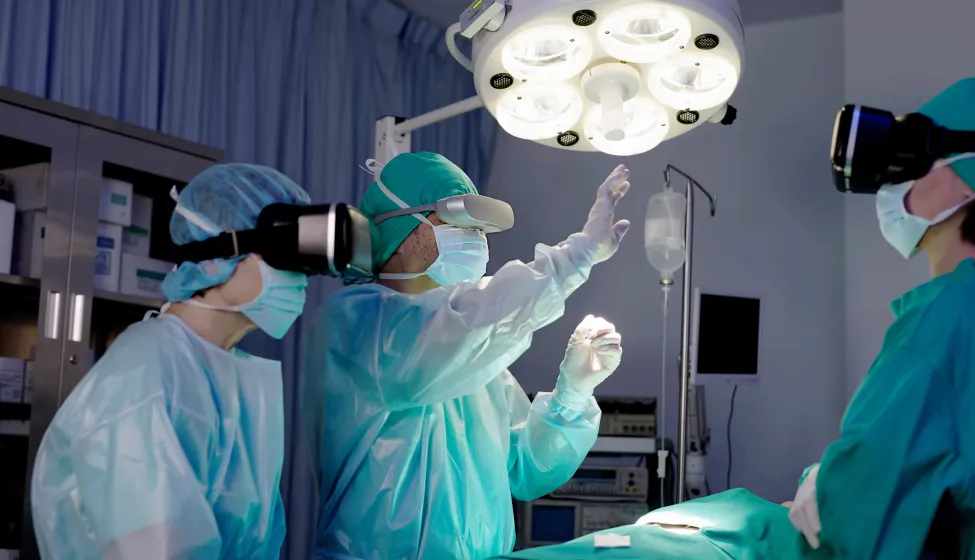July 14, 2025
How can hardware manufacturers overcome key technical hurdles to ready MXR devices for healthcare and surgical applications?
Medical extended reality (MXR) devices hold significant promise for patients and providers across a wide range of healthcare applications. These immersive tools, incorporating augmented reality (AR) and virtual reality (VR) technologies, can help distract patients from pain, guide rehabilitation exercises, and deliver exposure therapy for conditions such as PTSD and anxiety disorders.
As telehealth and remote care continue to grow, MXR devices are poised to become key components of modern healthcare delivery. These devices also introduce innovative approaches to surgery, including immersive simulations for surgical training and enhanced visualization and navigation during procedures.
New devices, new regulatory challenges
MXR manufacturers and well-established AR/VR developers seeking to enter the medical device space face substantial challenges related to device compliance and performance requirements. While the U.S. Food and Drug Administration has authorized 92 AR and VR devices for use in radiology, orthopedics, neurology, and other fields, the agency has also identified key scientific, engineering, and regulatory gaps that MXR submissions must address. These include the need for better characterization and evaluation methods, clinical validation of consumer-grade sensors, and tools to assess usability, safety, and effectiveness.
Emerging safety standards for consumer AR/VR devices such as UL 8400 provide baseline guidance for biomechanical stress and optical and toxicological safety; however, any device used in a clinical setting will face stricter performance and safety requirements — and the regulatory landscape is evolving quickly. To bring MXR devices to market, manufacturers can benefit from advanced testing, best-in-class analytical tools, and methodologies that answer application-specific concerns. Critically, safety and effectiveness must account for the product experience holistically, which is likely to require synthesizing multiple perspectives to understand risks associated with optics, heat, biocompatibility, fit and comfort, and user experience — whether that's a patient, clinician, therapist, surgeon, or other healthcare provider.
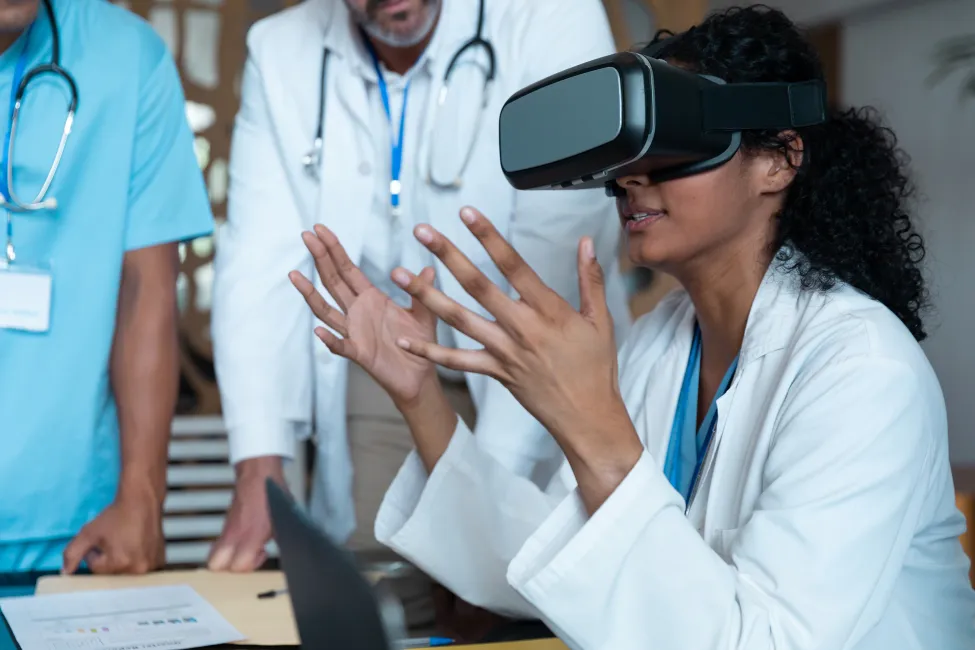
MXR device accuracy for surgical and diagnostic use
MXR devices have significant potential for applications such as surgery, preoperative planning, training, and diagnostics. However, validating device precision is essential in high-stakes clinical environments. In neurosurgical procedures, for example, issues like flicker, distortion, and latency can compromise the safety and effectiveness of MXR applications.
Flicker is a relatively common phenomenon in AR/VR devices, characterized by visual flashing or texture distortion that can cause user discomfort, eye strain, or even trigger epileptic seizures. To address this, manufacturers can conduct high-speed photometric testing to evaluate refresh rates for display panels, lenses, and other components to verify rates of 90 Hz or higher, where flicker is typically imperceptible.
Manufacturers can adopt rigorous clinical protocols to help ensure that they're collecting the right data in the right simulated settings with exposure protocols that allow for the assessment of statistical equivalences to the compared alternative therapeutic modalities.
Similarly, optical distortion, chromatic aberrations, and depth distortion can impair a medical professional's perception — a concern in procedures such as cardiothoracic surgery, where MXR devices may be used to enhance visualization through diagnostic overlays. To mitigate these risks, depth accuracy testing that verifies the alignment, scale, and responsiveness of virtual content is key.
Validating the therapeutic efficacy of AR and VR devices
Ensuring the efficacy of MXR devices is critical to supporting their use as alternatives or supplements to existing therapeutic modalities. However, validating emerging commercial AR and VR technologies for clinical applications — such as pain management, addiction treatment, and preoperative anxiety reduction — is complex.
For instance, virtual reality exposure therapy (VRET) can help patients manage phobias, anxiety disorders, and PTSD through progressive exposure and desensitization to simulations of stressful or potentially traumatic situations. Manufacturers seeking to validate a device for VRET can measure its therapeutic effectiveness against other gold standard approaches such as cognitive-behavioral therapy (CBT).
While this process may include measurements of patients' heartrates, levels of arousal, anxiety, and other factors, VRET applications may be highly individualized, with variation in VR environments and exposure protocols compared to standardized, in vivo studies. Manufacturers can adopt rigorous clinical protocols to help ensure that they're collecting the right data in the right simulated settings with exposure protocols that allow for the assessment of statistical equivalences to the compared alternative therapeutic modalities.
MXR device usability and safety
Addressing MXR headset usability and safety for the eyes, skin, head, and neck is fundamental to their use, as these risk factors can undermine a device's therapeutic value, disrupt treatment regimens, and limit viability in healthcare settings in some situations. For manufacturers, synthesizing testing and domain-specific expertise across the complex components of an MXR device is fundamental to overall safety and performance.
Laser and LED-related optical safety
Users can interact with MXR technologies through a variety of optical interfaces, ranging from head-mounted displays (HMD) to retinal projectors, to recently developed waveguide-based projectors. These optical interfaces utilize visible (VIS) LEDs and lasers in their display engines to present MXR content to the user. In addition, invisible, near-infrared (NIR) LEDs and lasers can be used to track various aspects of user physiology (e.g., eye, face, hands) or provide depth-sensing and 3D mapping of the user surroundings.
Current LED and laser safety standards were written long before the inception of MXR technologies. As a result, little guidance exists on how to treat lasers and LEDs intended for prolonged, up-close viewing such as intended in most MXR applications. On a product level, manufacturers should consider optical safety throughout the entire design lifecycle. This can involve conducting risk analysis, design failure mode and effects analysis (DFMEA), optical simulations, nominal prototype testing, fault re-creation, and user-studies to properly assess the risk profile of the MXR product. This ensures not only compliance of the optical system to industry standards but also gives manufacturers "beyond-the-standard" confidence in the optical safety of their products.
Safety of complex optical systems, especially when used for delivering high diagnostic accuracy, often relies on maintaining reliability and performance of the underlying optical components. Manufacturers may need to perform testing of optical components under thermal stress, mechanical stress, environmental aging, contamination, or even user tampering to understand how MXR systems perform under extended use in the field. Measurements of optical haze, clarity, transmission, reflectance, modulation transfer function, and bidirectional reflection distribution function (BRDF) are essential for characterizing performance aspects of optical components.
Thermal energy risk
Prolonged use of MXR devices, especially with poor headset heat dissipation, can lead to user discomfort and, in some extreme cases, ocular and skin damage. While standards like UL 8400 provide thermal safety guidance for consumer AR or VR devices, advanced modeling techniques can offer a more nuanced understanding of the thermal response of the human eye and skin, accounting for tear evaporation and radiant, convective, and conductive heat transfer of the device into human tissue. These models coupled with thermal injury evaluation methodologies developed by the scientific community can serve as powerful tools in evaluating the impact of device geometry and operations including heat dissipation/management strategies, and interaction with the user facial features on thermal safety without direct human testing.
Advanced approaches like computational modeling can produce both discrete and systemic solutions for real-world problems in the medical and health industries.
Biocompatibility risk
Potential biocompatibility risks for an MXR device can be evaluated during development to help address the wide range of expected use cases. For example, skin irritation with prolonged use could hinder adoption or disrupt treatment protocols. Manufacturers can consider biocompatibility risk assessment frameworks, which may include biocompatibility studies and chemical analyses. These studies can identify common irritants in user-contact materials, including glue and curing residuals, plasticizers, foams, straps, and leatherette components, enabling early choices about materials that support overall product design and comfort.
Biocompatibility assessments and chemical analyses can be conducted during MXR device use in different conditions, such as during exposure to sweat, sunscreen, cosmetics, and elevated temperatures. When paired with toxicological risk assessments, these methods equip manufacturers with a deeper understanding of chemical leaching risks, potential sensitizers, and safety concerns across expected durations of use. These studies can also help support root-cause analyses for adverse events that may be related to fit or mechanical irritation.
Cybersickness
Users of AR and VR devices run the potential risk of visually induced motion sickness (VIMS). VIMS is caused by mismatches between motion perception and other visual stimuli and information from the inner ear's vestibular system. The effects can compromise a user's comfort and perception of MXR device performance and safety, in turn impacting its usability and effectiveness.
Rigorous human factors evaluations can drive adjustments to mitigate these impacts, including physiological monitoring; behavioral observations and coding use difficulties and perceived or actual root causes during formative usability testing; ergonomic assessments; collecting subjective usability and experience feedback; and objective cognitive and psychophysiological measures. These strategies can offer insights to help manufacturers understand mental workload, information processing, behavior, and other factors associated with MXR device use.
Mitigating MXR risk across the product lifecycle
It's important for AR and VR device manufacturers to consider how these devices will perform throughout their entire lifecycle — not just at launch. This includes anticipating potential material degradation, component corrosion, manufacturing defects, and hardware or software malfunctions and updates. Manufacturers can evaluate these risks through targeted assessments and by applying methods such as accelerated aging tests, which simulate long-term wear by exposing devices to high-stress conditions. Postmarket surveillance can also help identify and address unexpected use-related risks in the field.
These proactive approaches offer valuable insight into real-world performance and support safer, more reliable deployment in healthcare environments. As MXR devices become more integrated into therapeutic and surgical care, adopting structured frameworks for product evaluation and lifecycle risk management will help maintain their effectiveness and usability in clinical settings over the long term.
What Can We Help You Solve?
With unmatched expertise in digital health, medical devices, consumer electronics, clinical studies, optics, biomechanics, toxicology, human factors, and more, Exponent's multidisciplinary scientists and engineers help clients develop and evaluate new and innovative medical technologies. We apply cutting-edge testing and analysis to our clients' most pressing scientific and technical challenges.
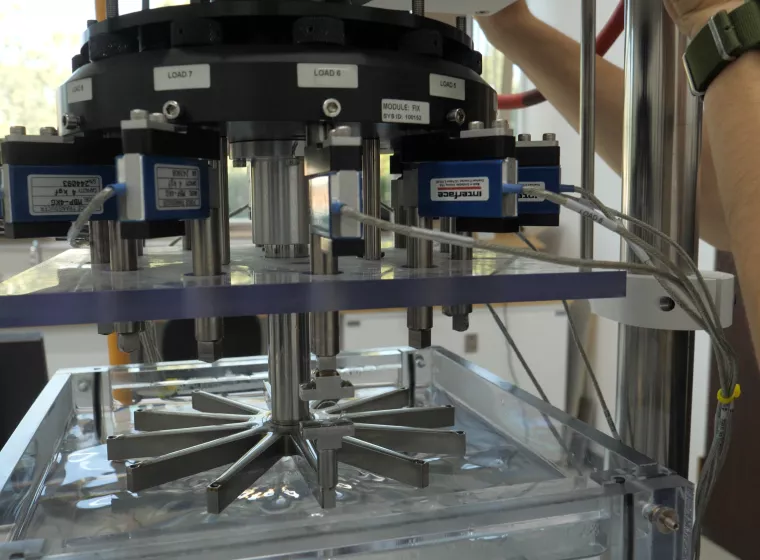
Medical Device Evaluation
Sophisticated medical device evaluations for a vast array of applications.

Regulatory Compliance for Medical Products
Experienced regulatory support for medical devices, pharmaceuticals, and combination products.

Digital Health
Fit-for-purpose digital health consulting services
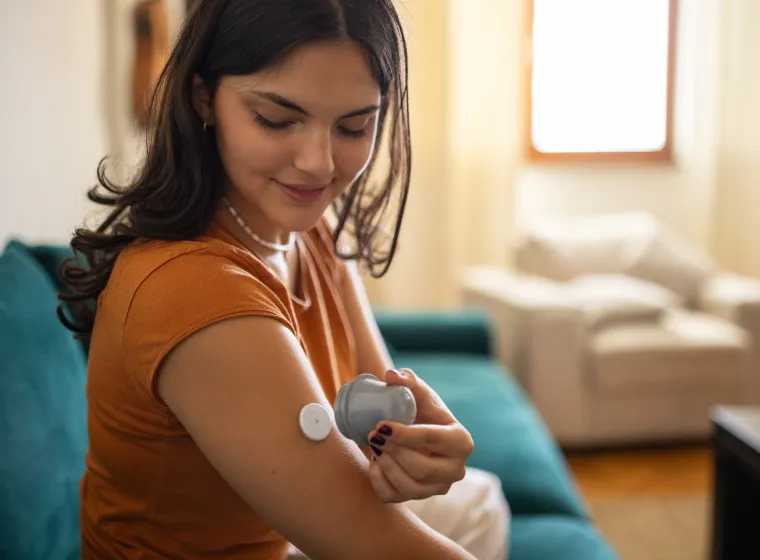
Medical Technology Consulting
Exponent offers unparalleled customized support and real-time data insights to help clients navigate product development, clinical trials, regulatory compliance...

Biomedical Engineering Laboratories
Expert biomedical laboratory services, delivering evidence-based answers for your most complex challenges.
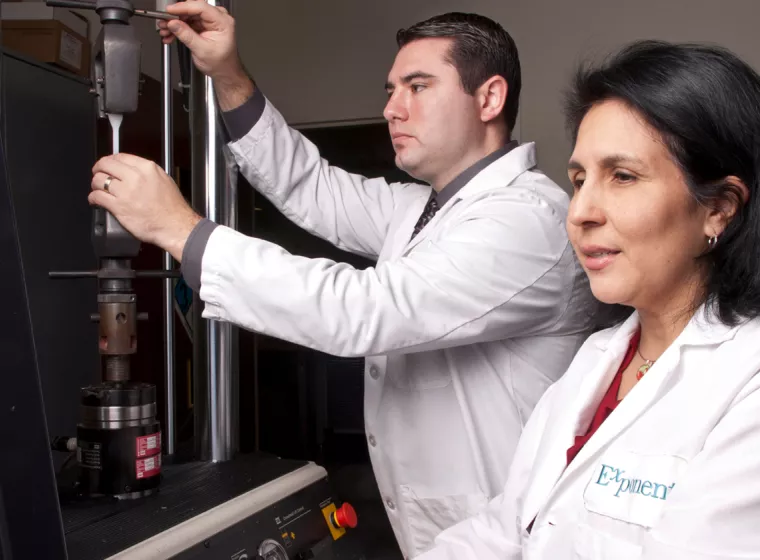
Medical Device Design & Development Support
Crucial medical device design and development analyses to empower your decision-making.
